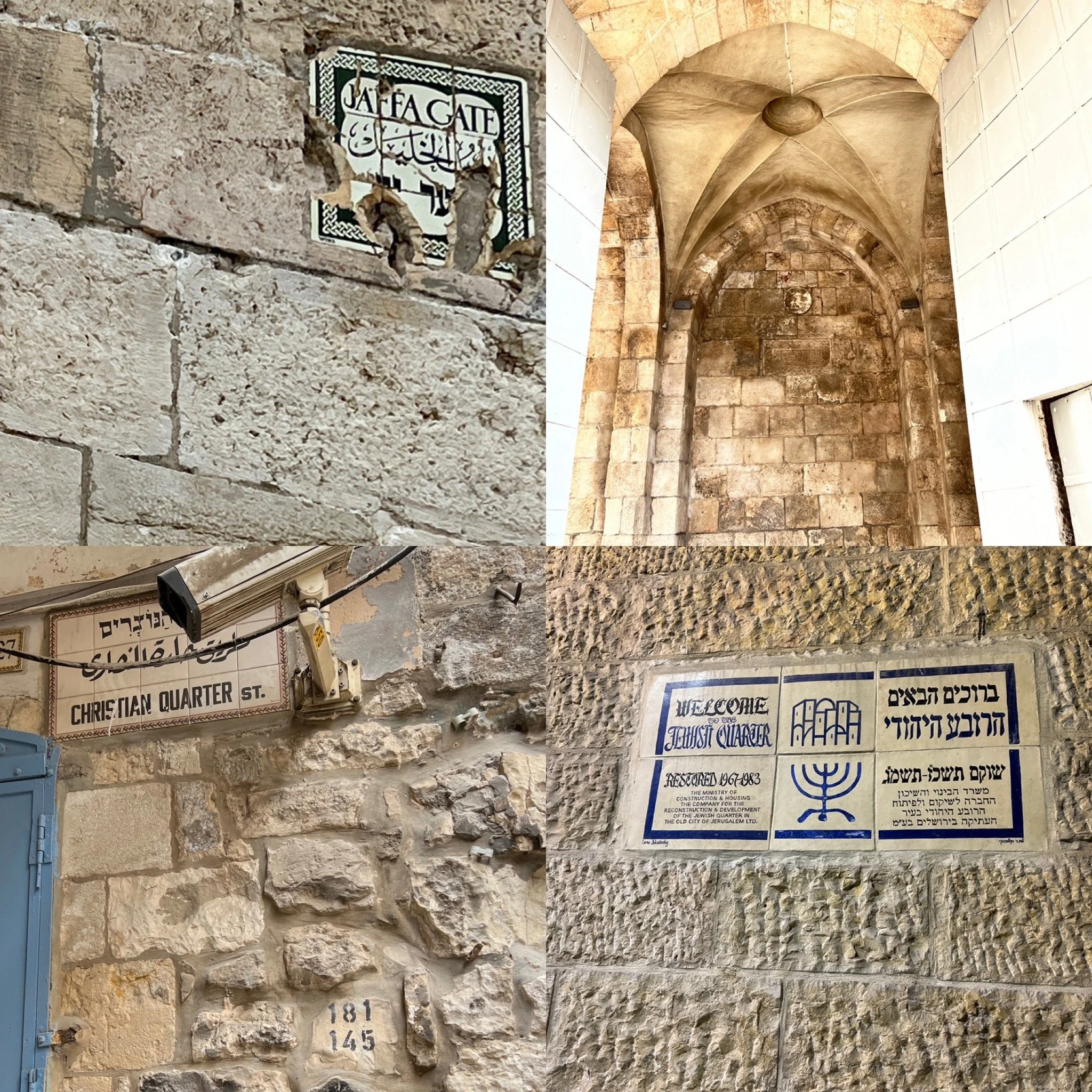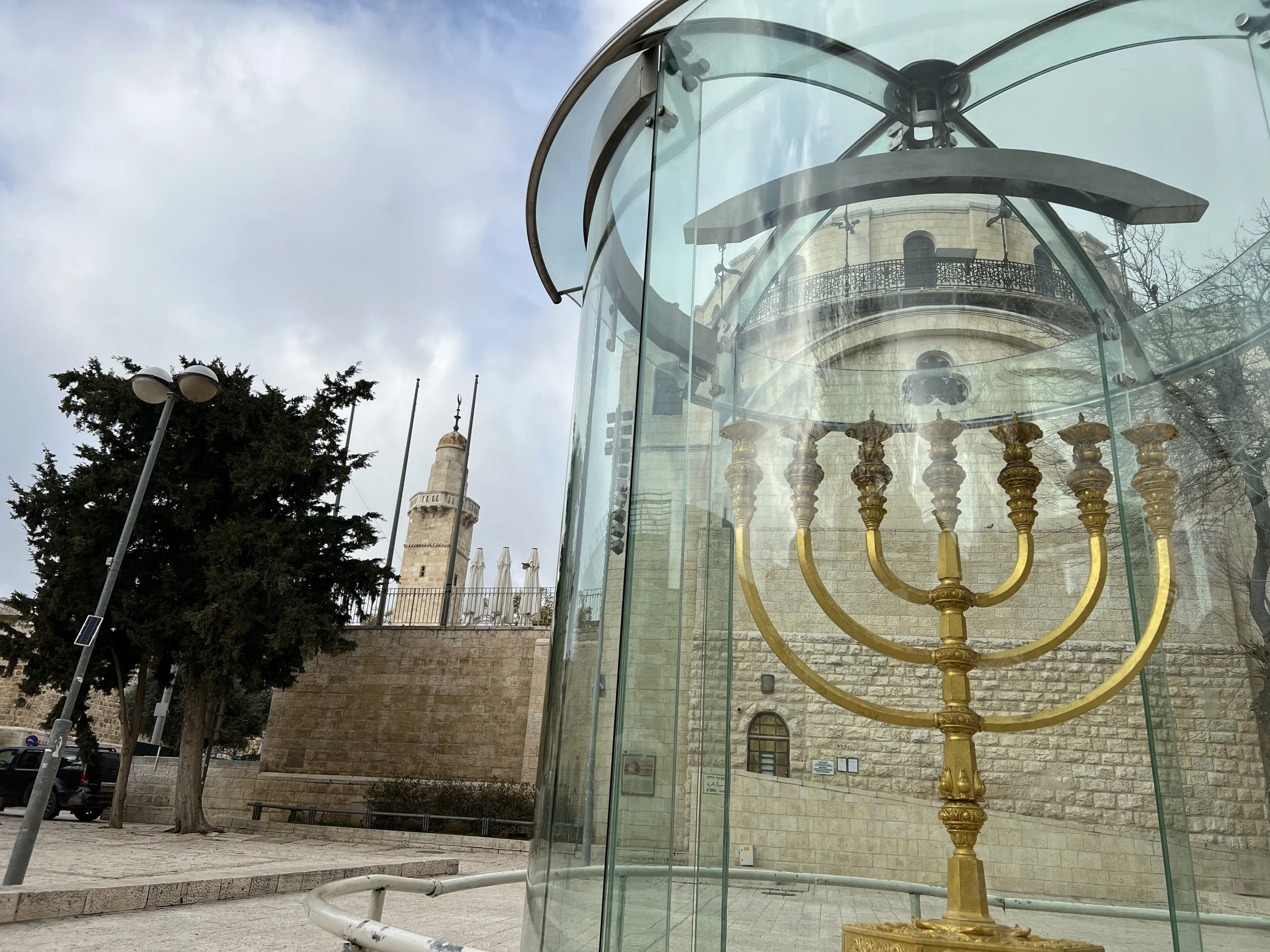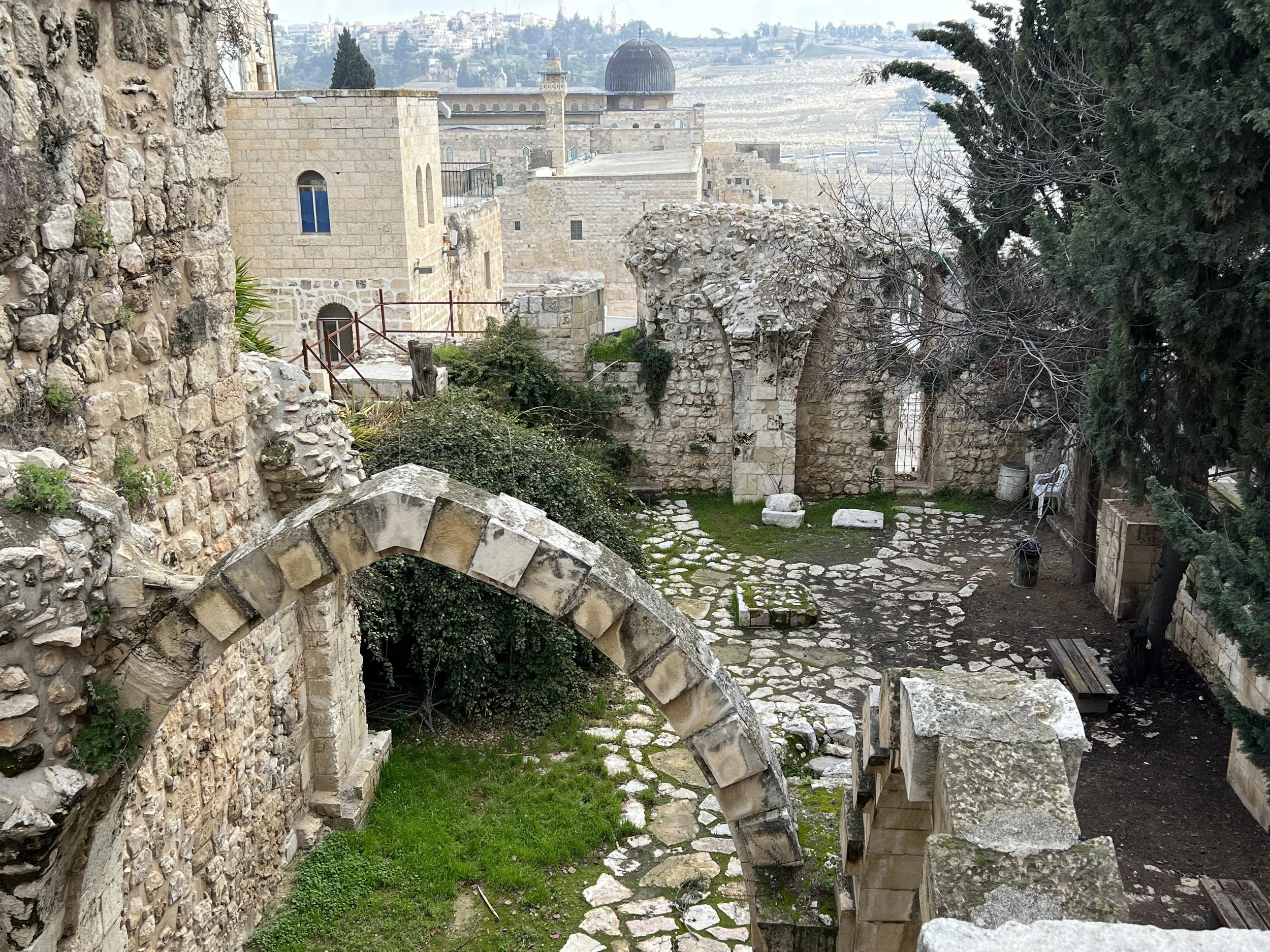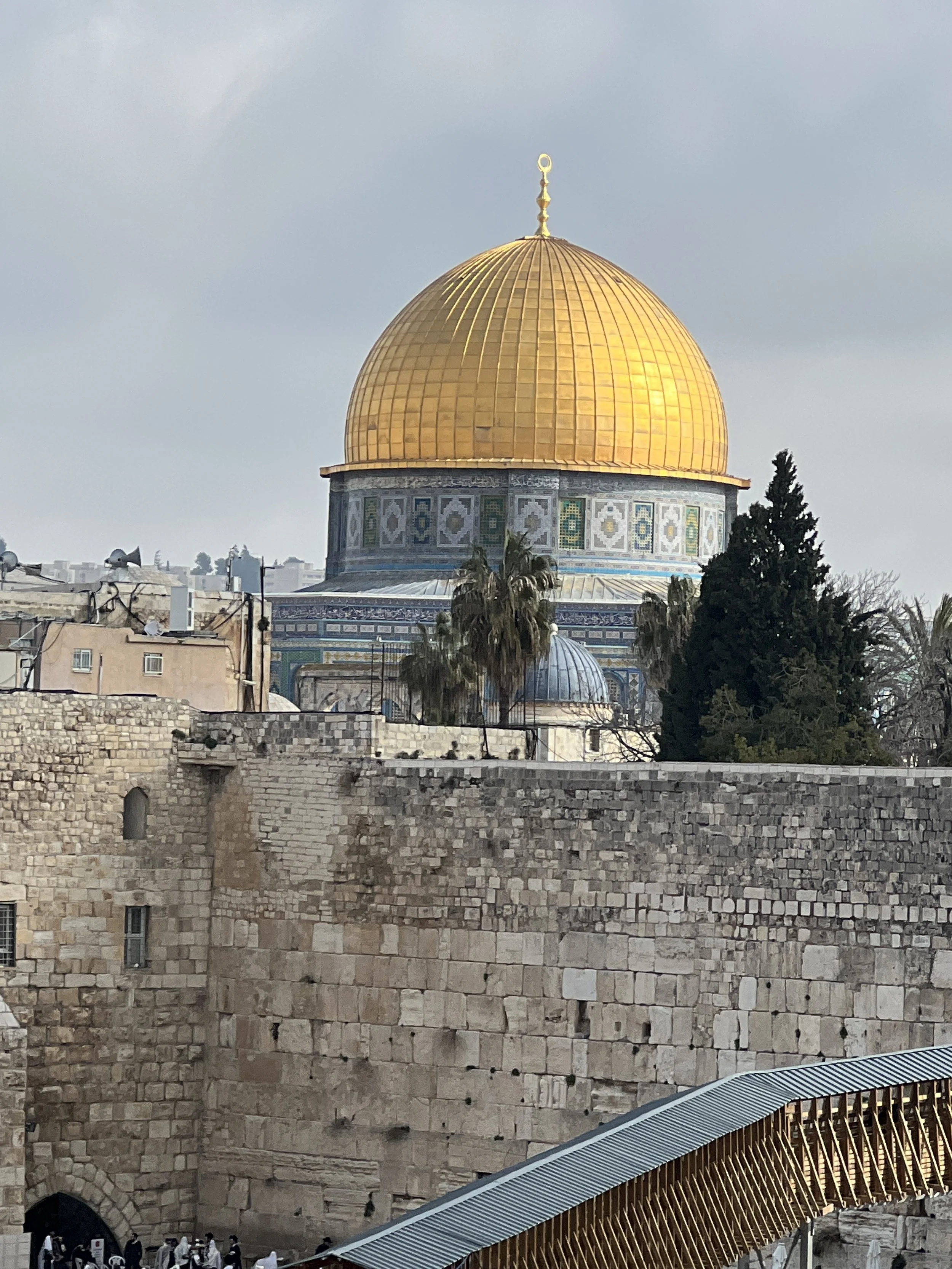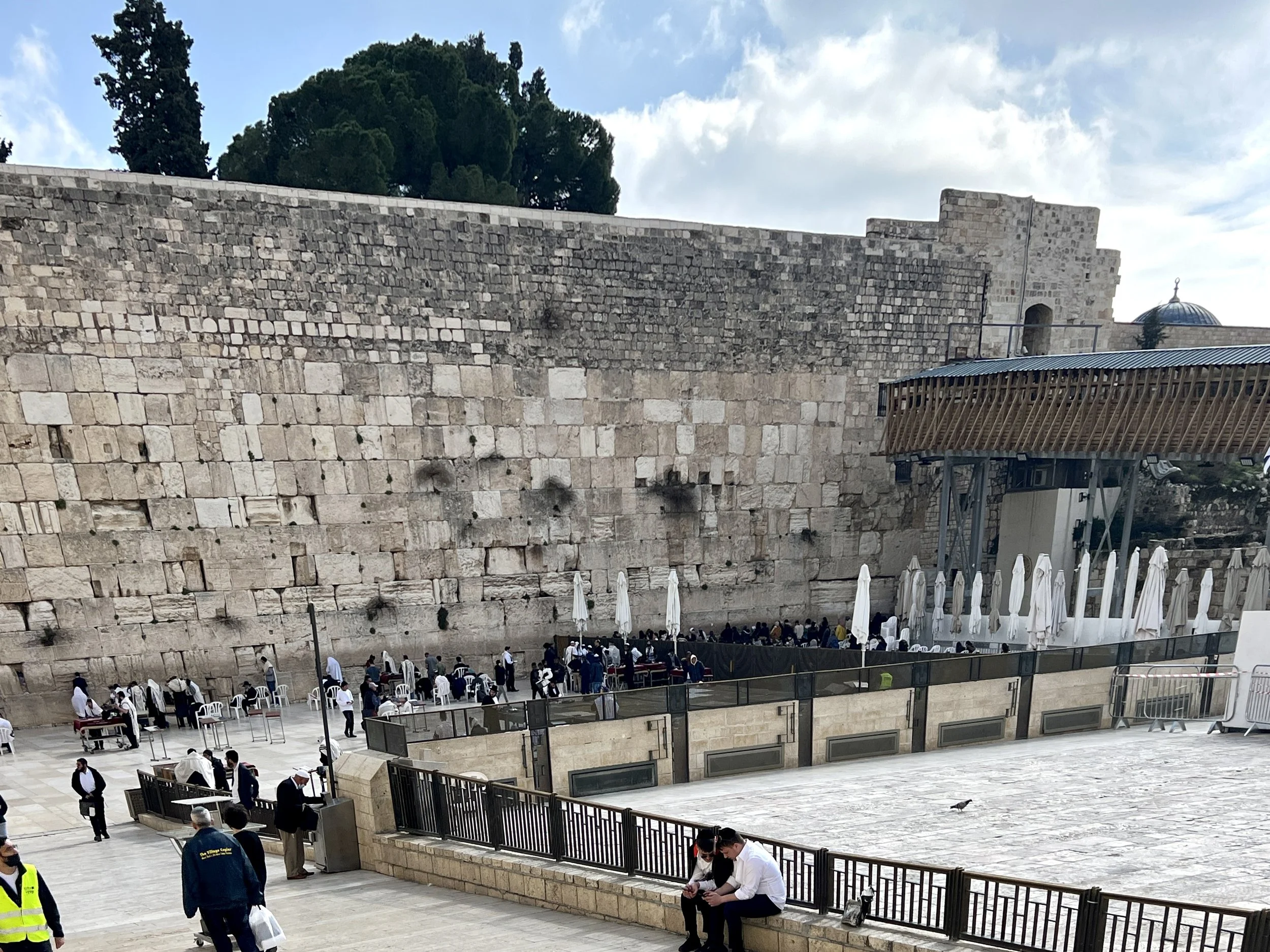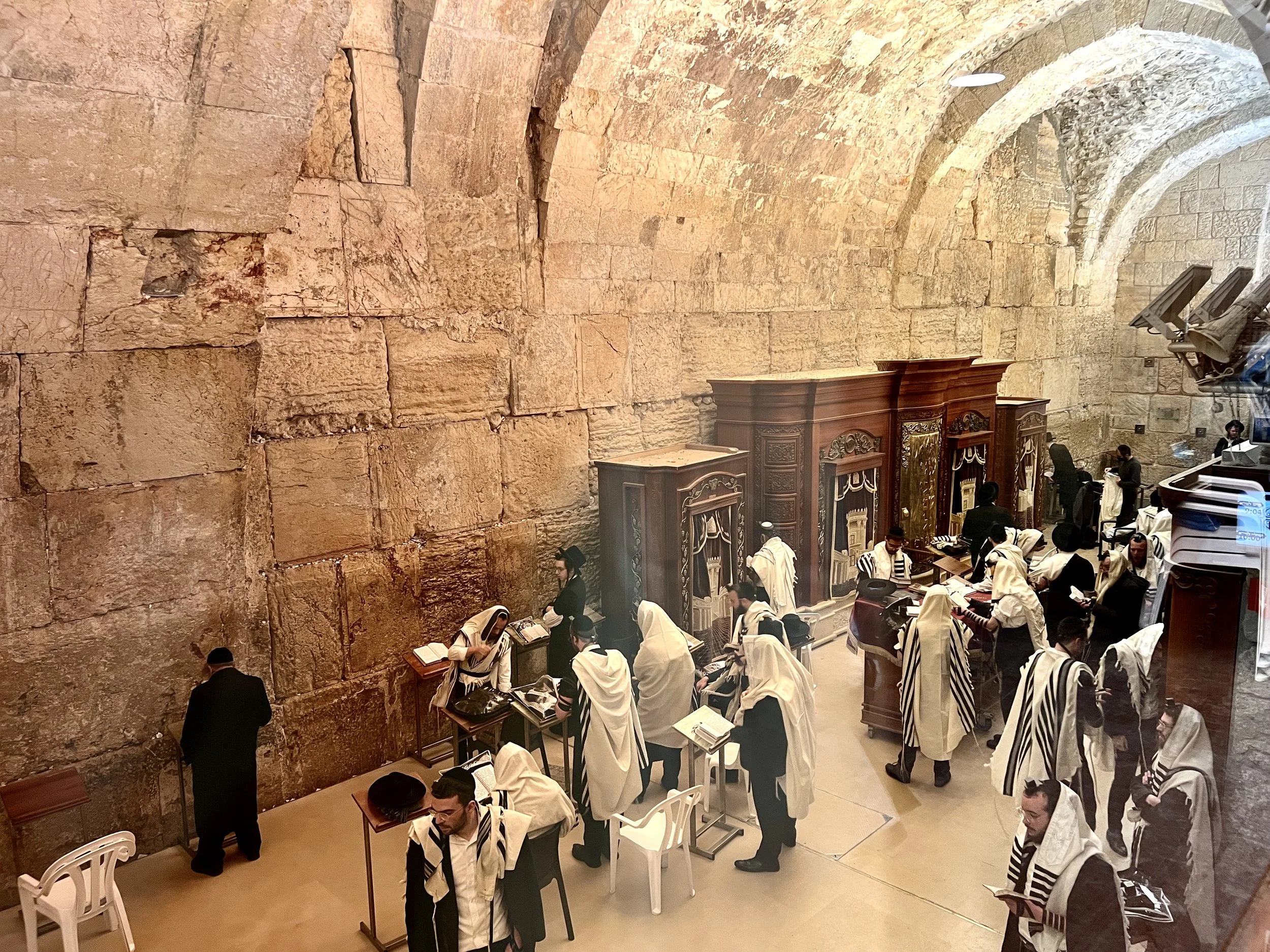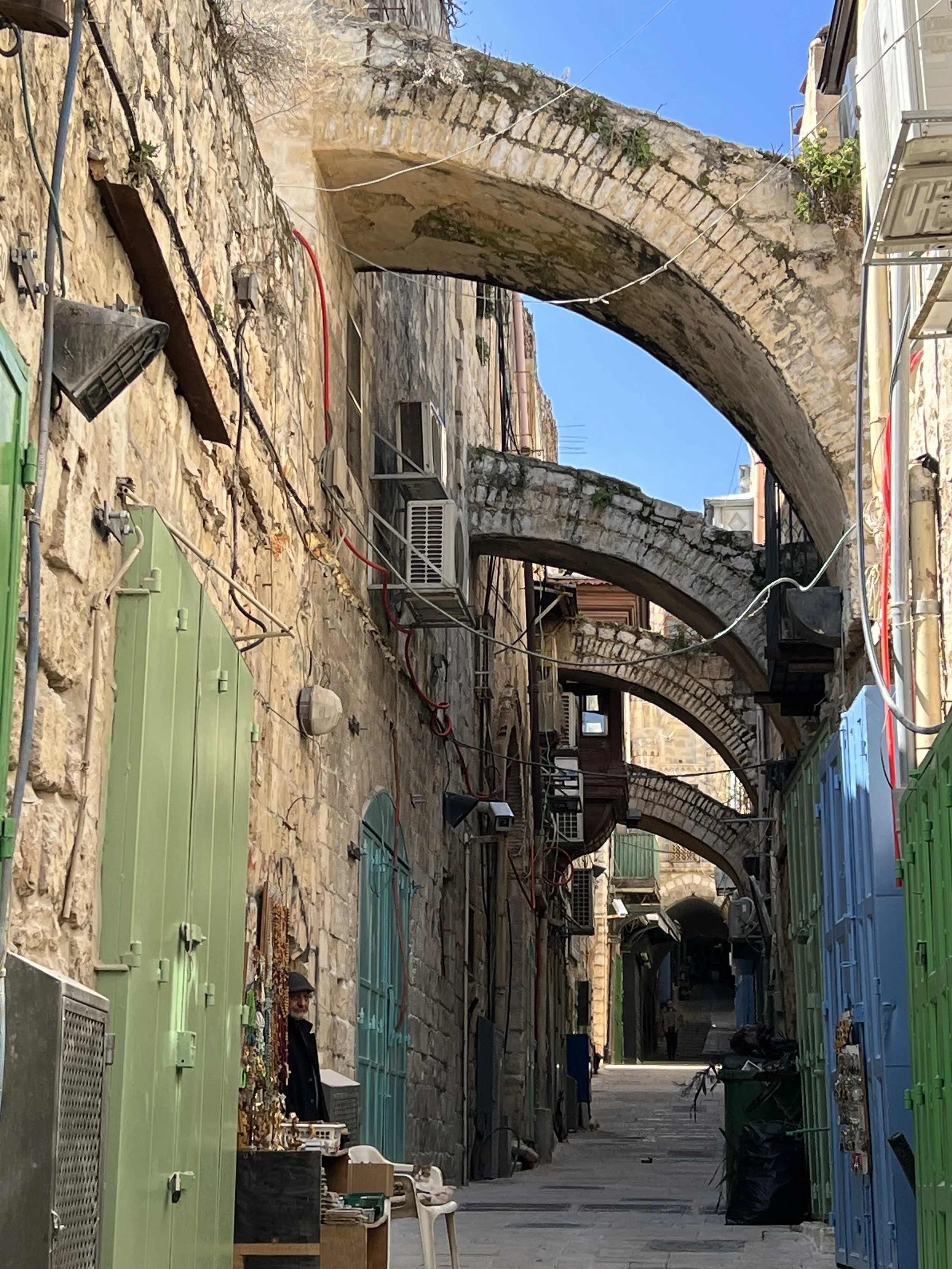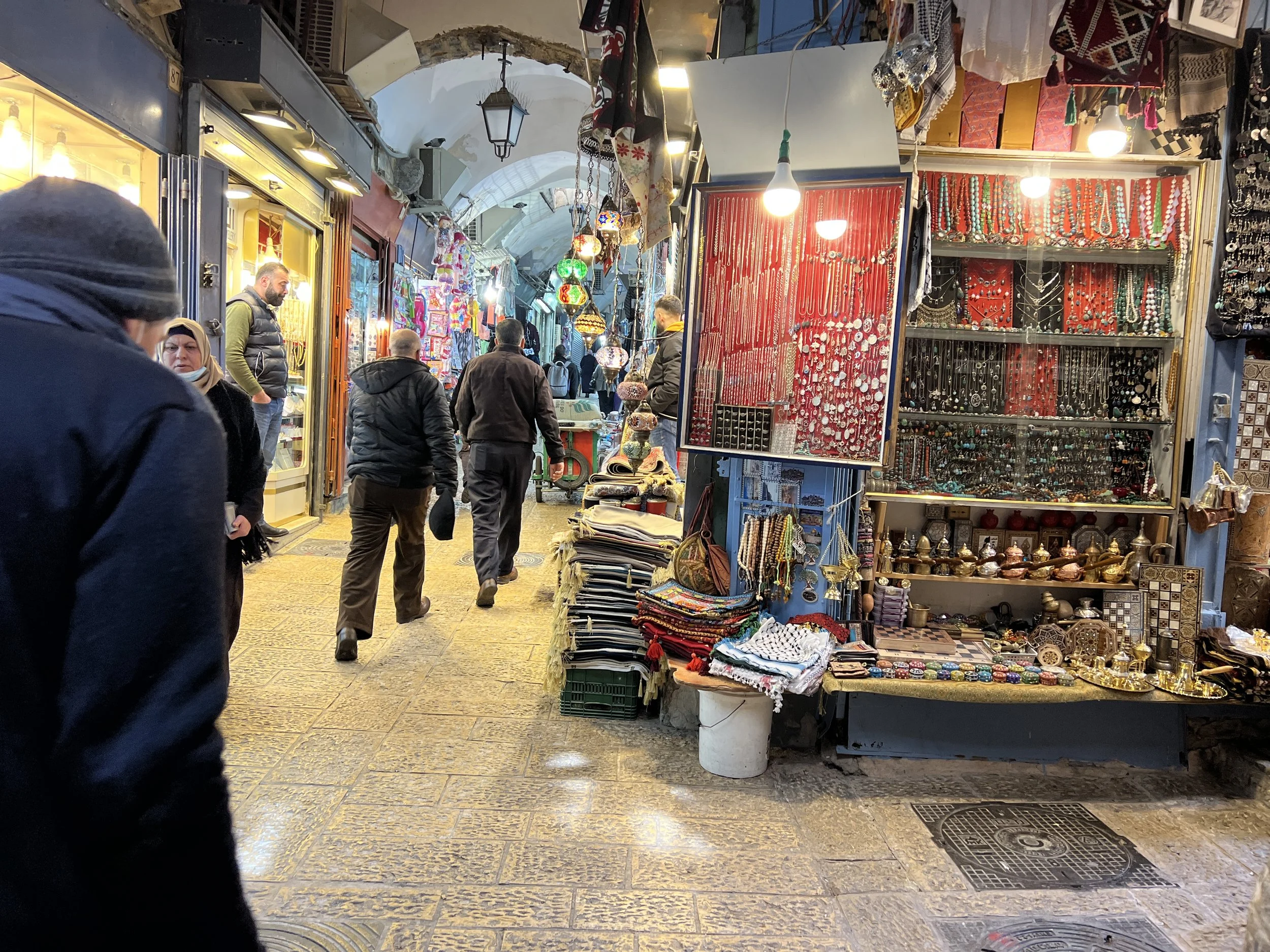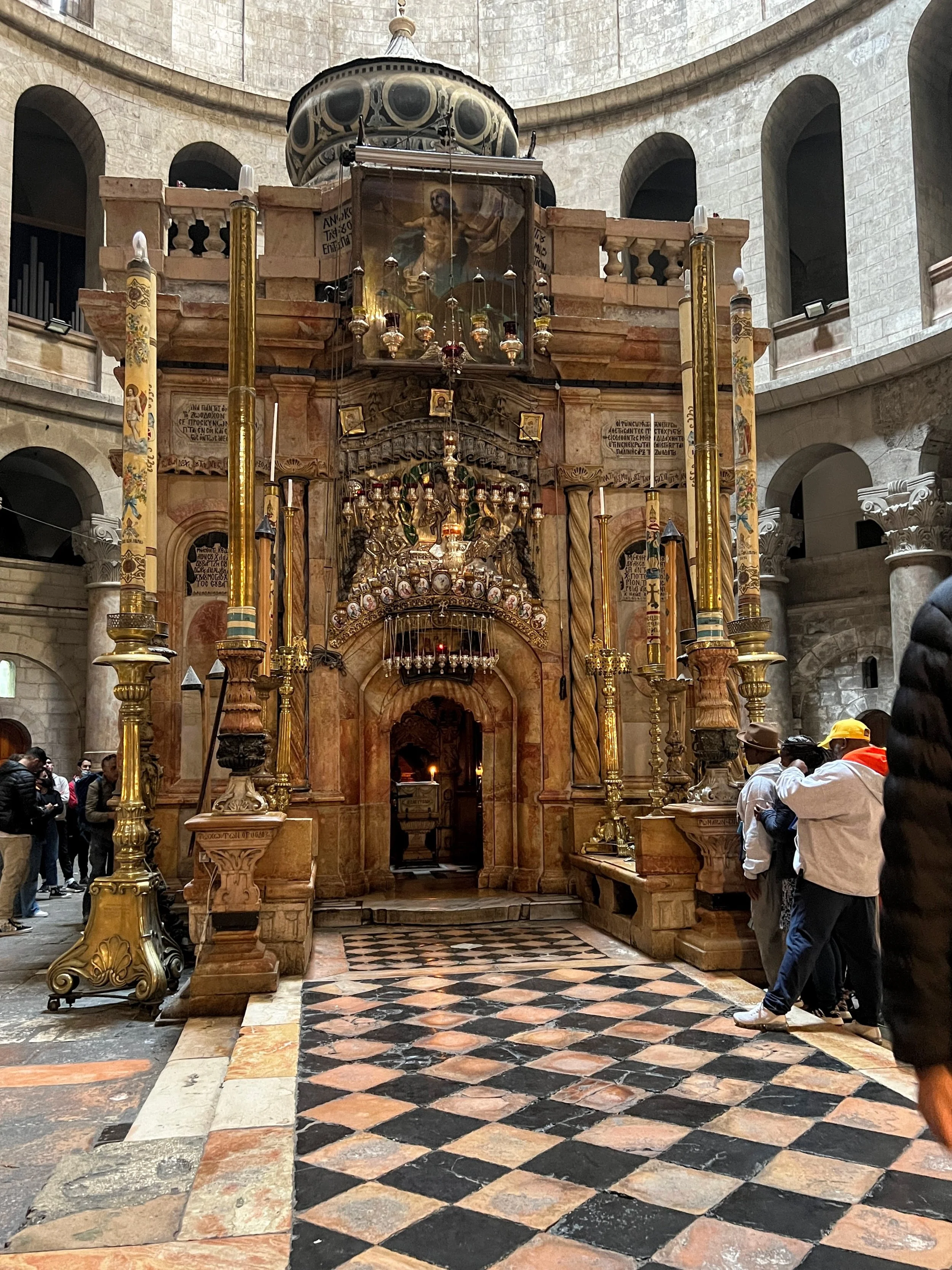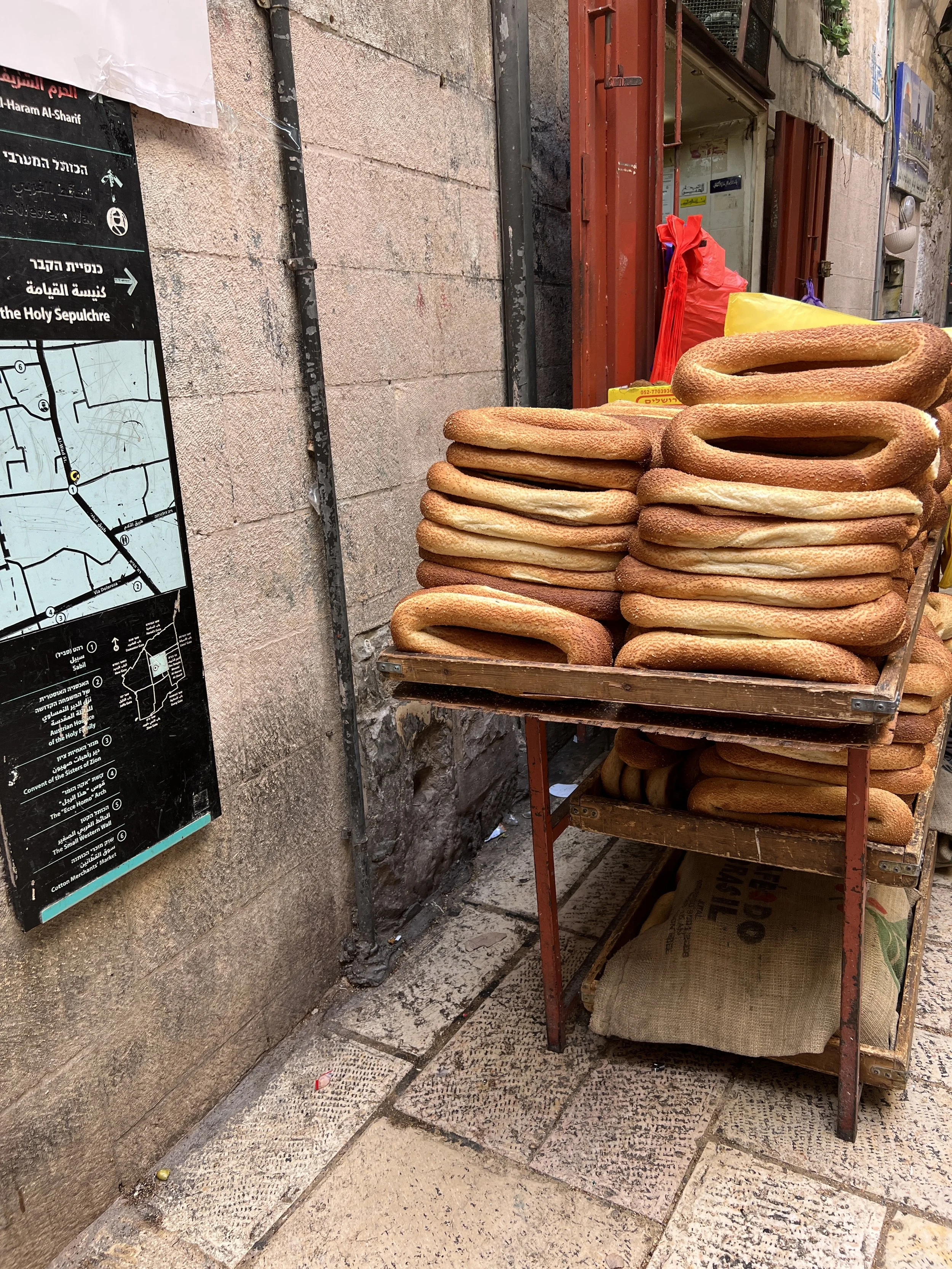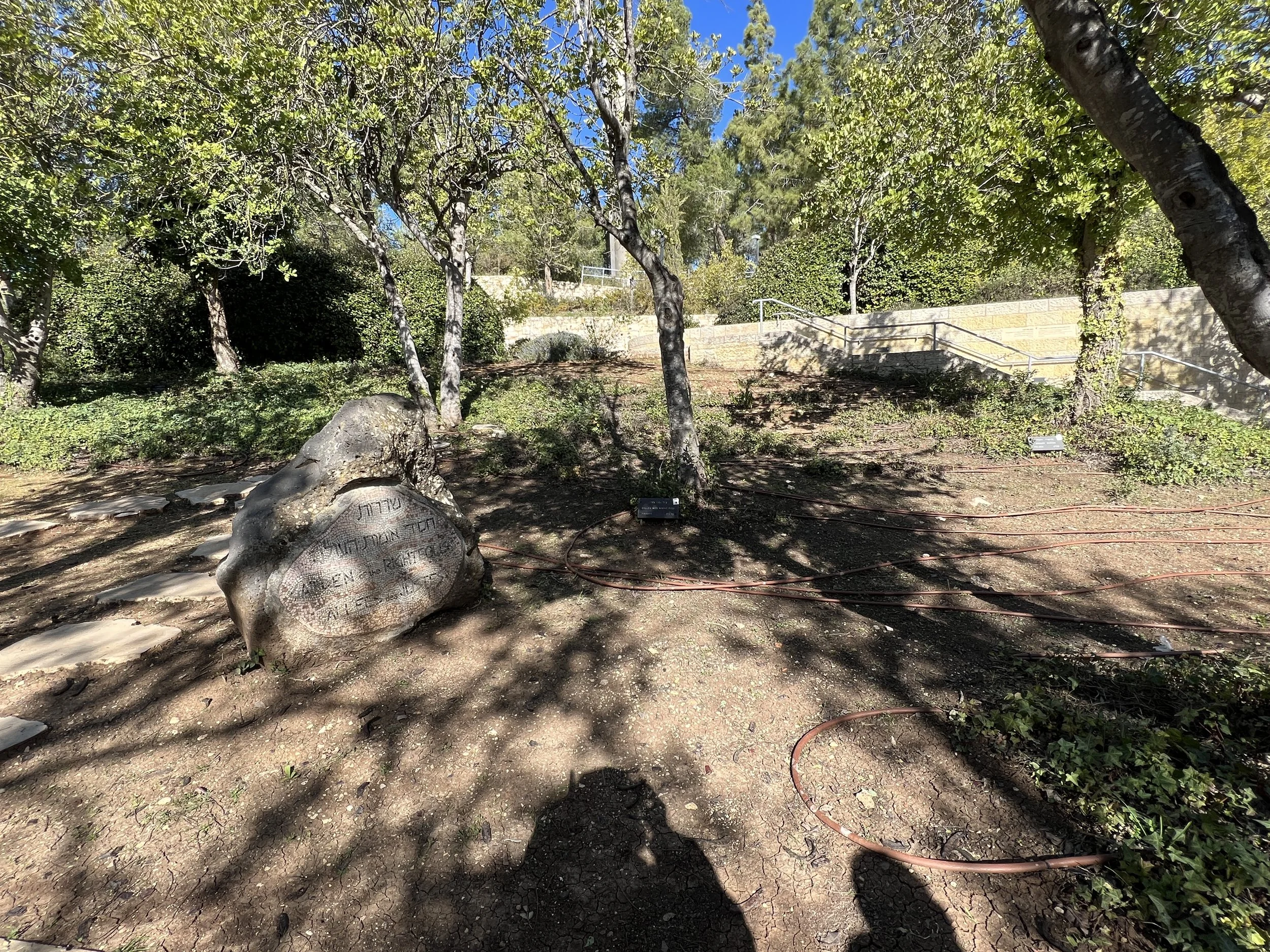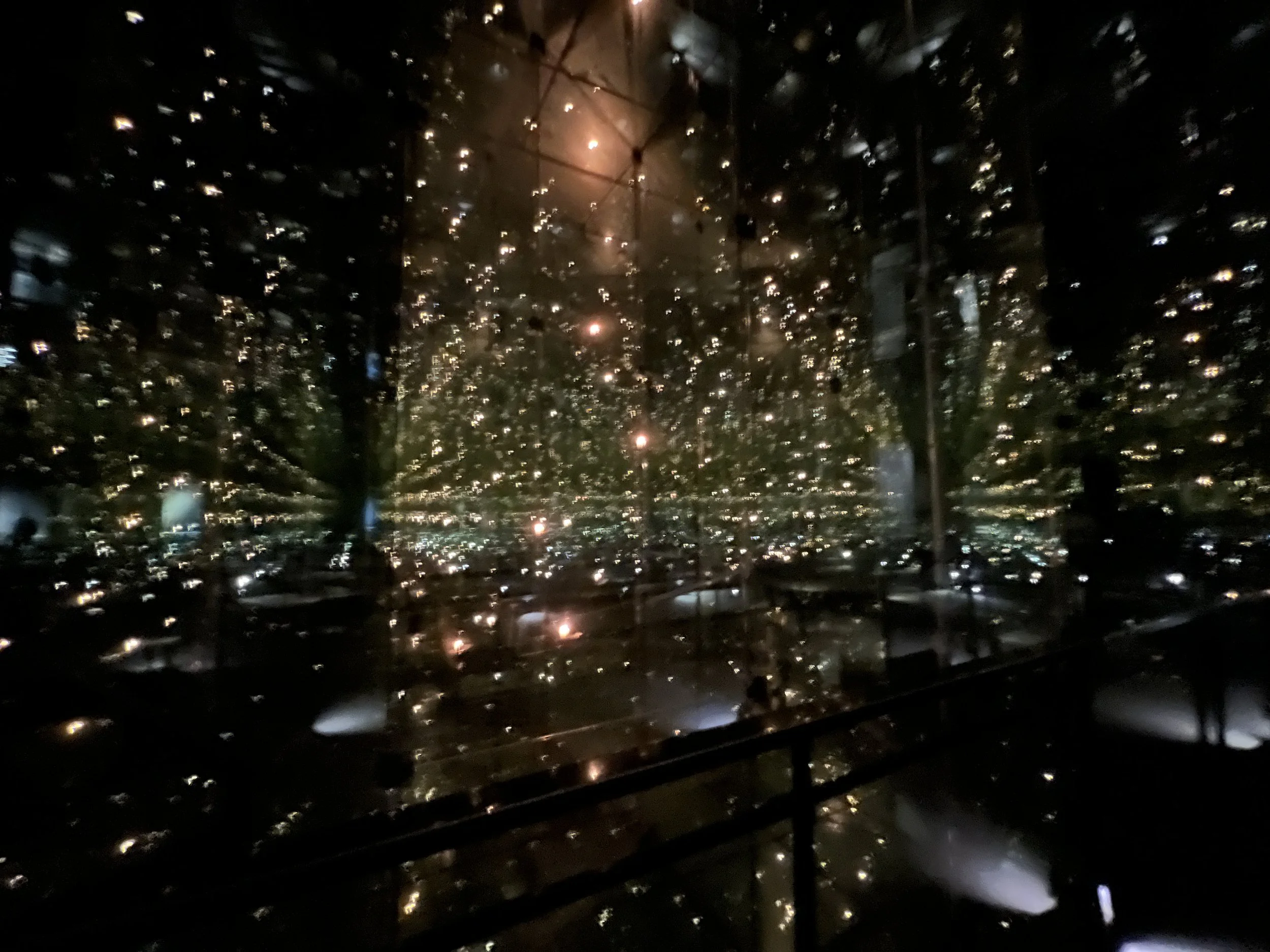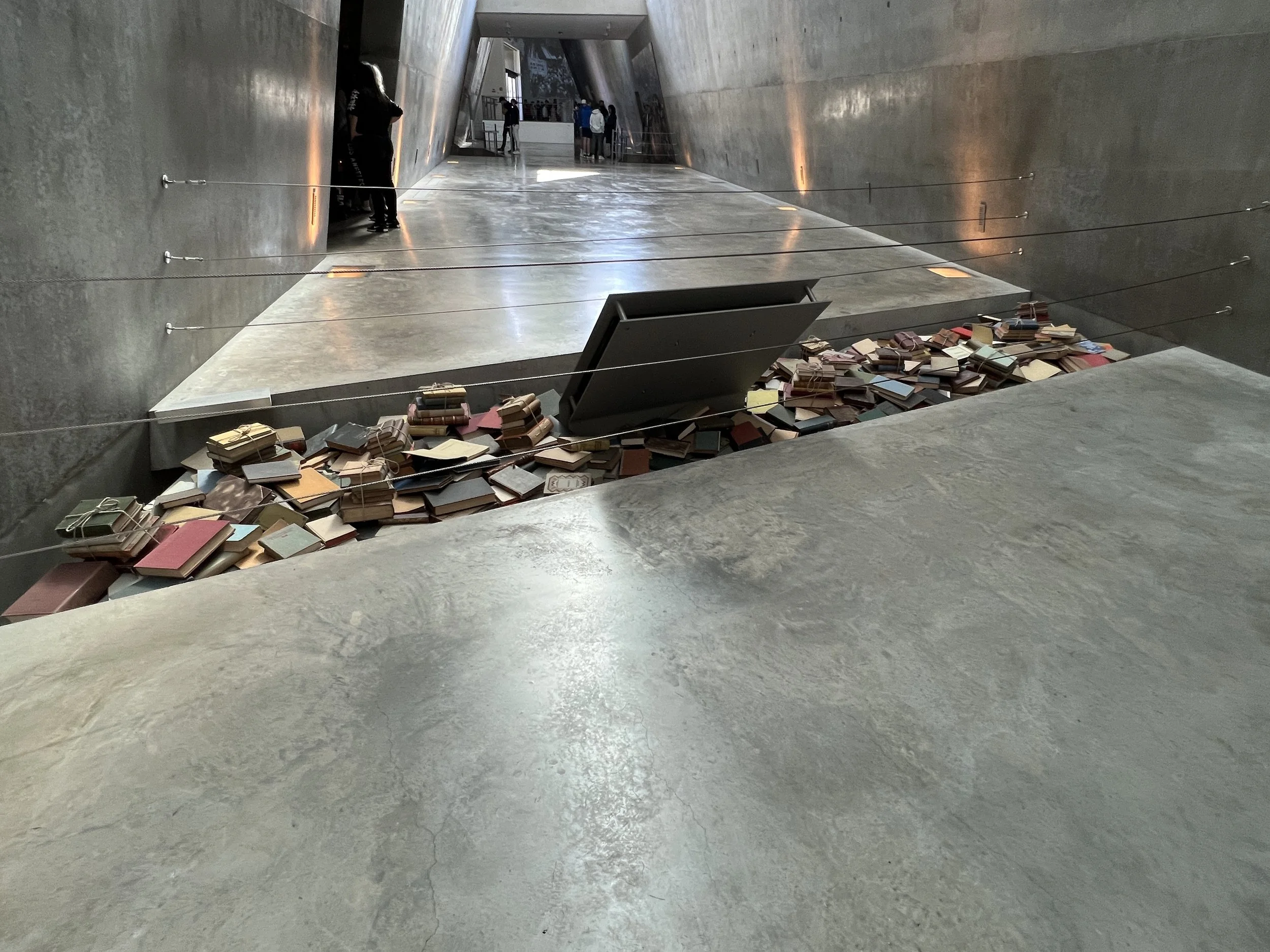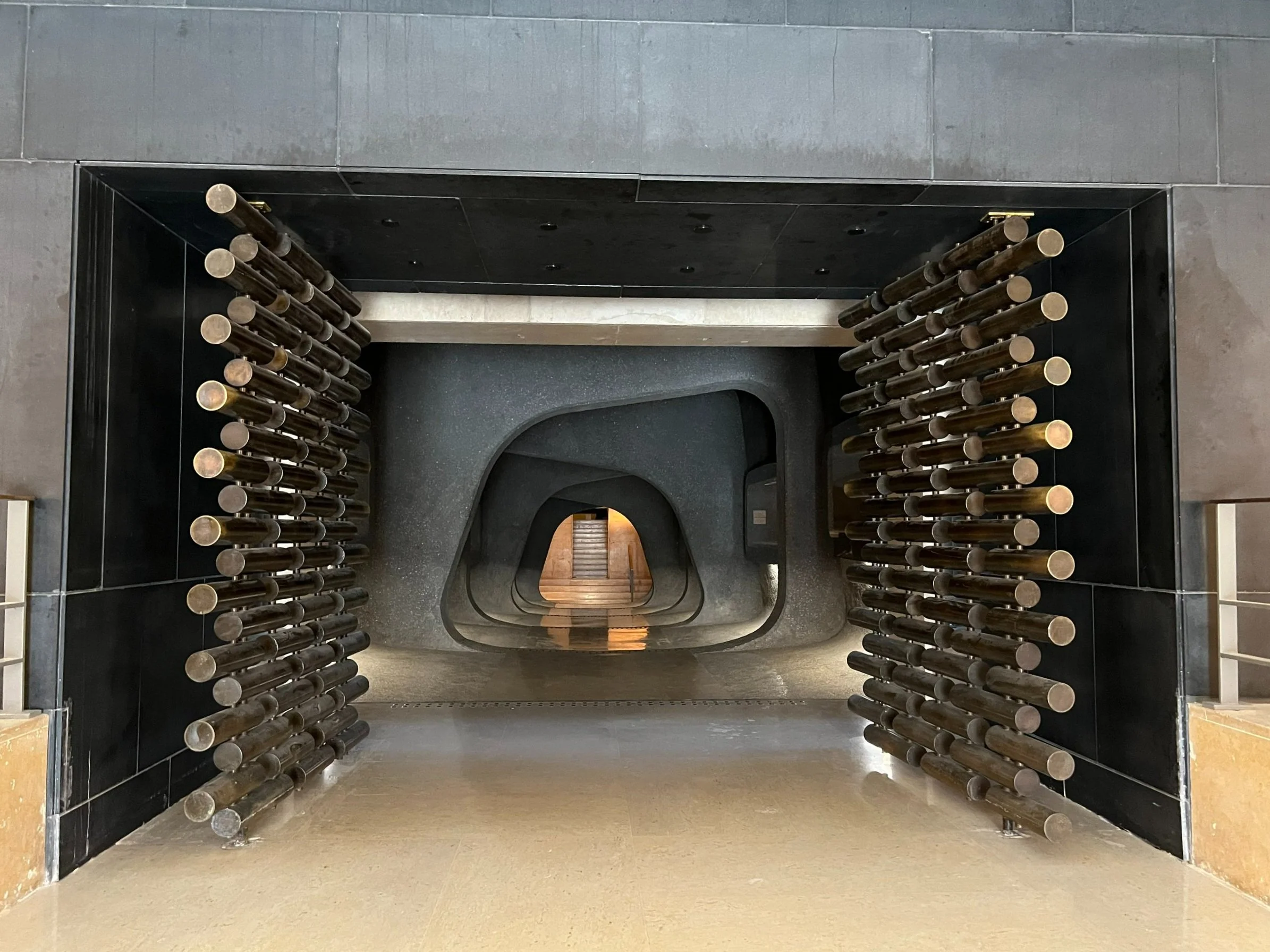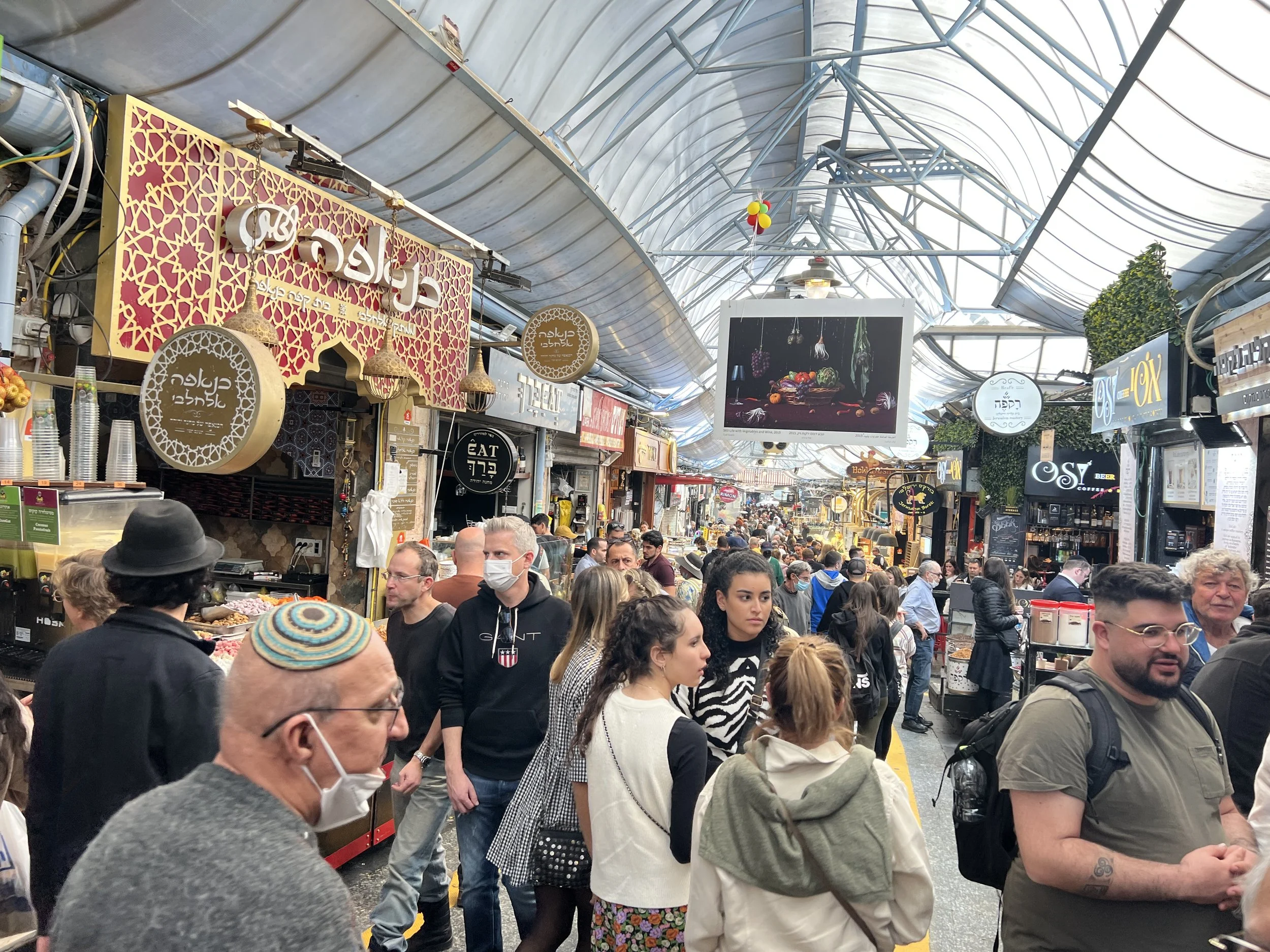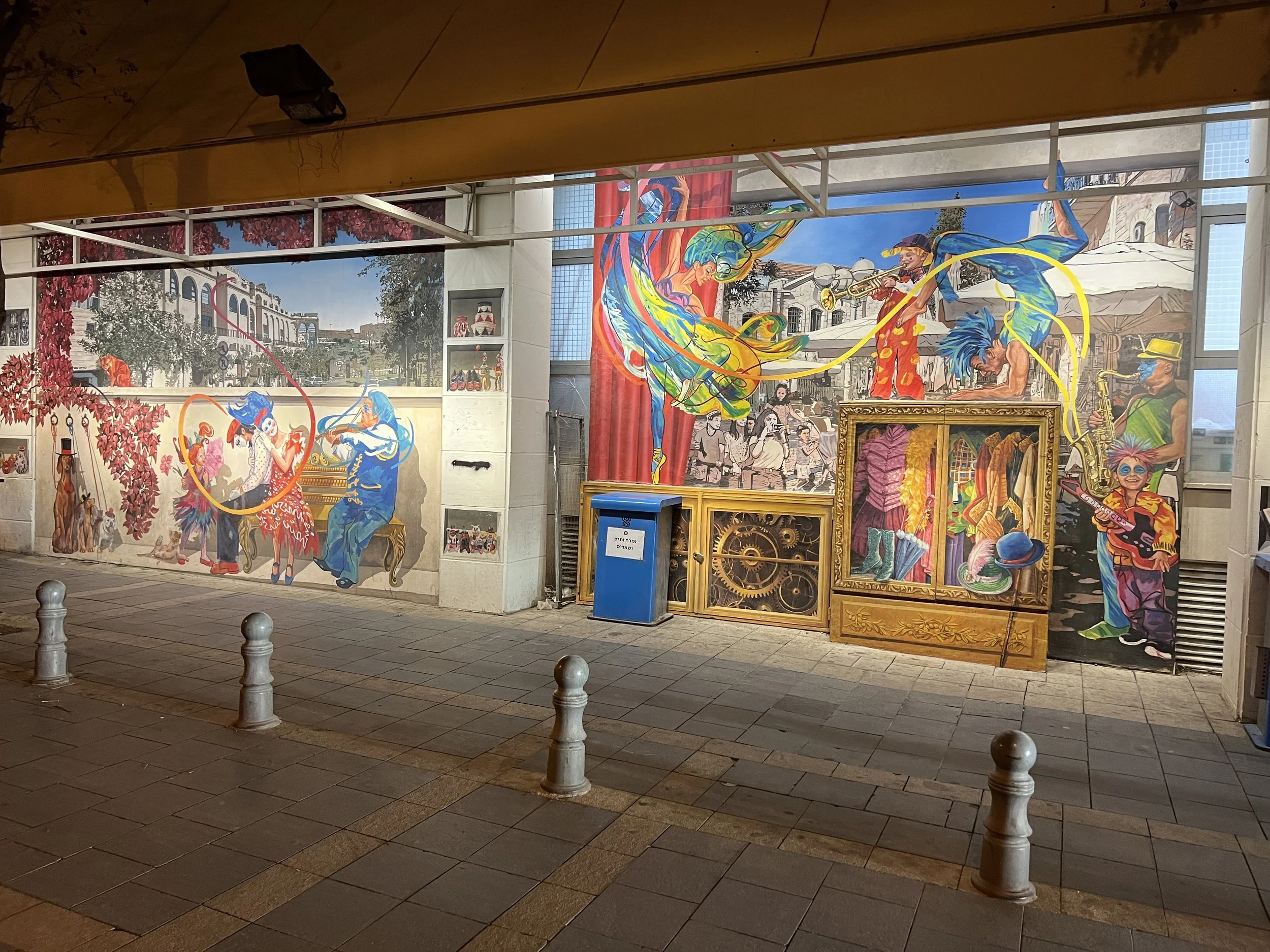Three Religions - One Jerusalem
The view of Jerusalem is the history of the world; it is more, it is the history of earth and of heaven.” –Benjamin Disraeli
Jerusalem is one of the oldest cities of the world and considered holy for the three Abrahamic religions: Judaism, Christianity and Islam. Throughout its long history it’s been destroyed at least twice, attacked fifty-two times, captured and re-captured forty-four times.
The history and the footsteps of all who’ve come here echo in every part of the old city, you can literally see the layers in places. If you want to really get a feel for what the city looked like during biblical times, visit the Israel Museum and see the magnificent scale model of the city that is located there.
Today the city is divided into four sections: the Jewish Quarter, the Armenian Quarter, the Christian Quarter and the Muslim Quarter. We spent the bulk of our time in the Jewish and Christian quarters. Unfortunately, since we did not cross into the Palestinian controlled Muslim quarter, we were not able to visit either Bethlehem or the Dome of the Rock.
This visit was like being in a waking dream.
We parked in a modern underground parking garage and took an elevator to the level that would take us to the Jaffa Gate which is where we entered the city.
The Golden Menorah stands in a square encased in bullet proof glass. A replica used in the temple, it weighs about 43 grams and is made of 24 carat gold. We first passed this square on our way to the Western Wall in the early morning when shops were just opening and only a few people wandered in this area.
Later in the afternoon, we walked through the square bathed in sunlight full of people sitting around enjoying coffee and snacks, sitting around enjoying the sunshine.
History oozes from every pore of the city. There are paintings and mosaics that help you visualize what these busy marketplaces would have looked like in their day.
Continuing on our way to the Western Wall the black domes of the Al Aqsa Mosque rise up against the sky. The Al Aksa Mosque is believed to the third holiest Islamic site in the world.
One of Jerusalem’s most recognizable landmarks the “Dome of the Rock “is a Mosque that is built on the Temple Mount. It is the earliest archeologically attested religious structure to be built by a Muslim ruler.
The Western Wall's holiness in Judaism is a result of its proximity to the Temple Mount. It is also referred to as the “Wailing Wall” due to the fact it is the site where Jews mourn the loss of the Temple.
The cracks in the wall are stuffed with prayer notes left there by the people who come to pray. It’s hard not to get caught up in the general emotion and fervor when you approach the wall and stuff your own prayer note into the nearest crack.
This is the portion of the wall that is not open to the general public. It’s an area where ancient Torah’s are stored. I decided not to accompany the rest of my group on a complete tour of the tunnels. Instead, I made my way to the enclosed women’s prayer area which overlooks this part of the wall.
After visiting the Western Wall and touring the tunnels we made our way to the Via Dolorosa or the way of Sorrow that marks the stations of the cross where Jesus Christ once carried the cross on his way to the Rock of Golgotha.
This path has been transformed into a labyrinth of narrow alleys flanked by shops and markers depicting the events of the journey that are talked about in the bible stories.
We had of course transitioned smoothly from the Jewish quarter into the Christian quarter bypassing the path towards the Muslim quarter and the Dome of the Rock.
As the day wore on many of the shuttered shops opened and we were stopped by the shop keepers wanting us to step into their shops and find that unforgettable souvenir to take home.
Inside the Holy Sepulcher, standing outside the site of Jesus’s empty tomb also known as the Aedicula. I will spend more time on the church and the stations of the cross when we explore the biblical stories that are such an integral part of this region.
The church as have many places in this ancient city has gone through several transformations depending on who ruled at the time. Queen Melisande (of Armenian descent) finally gave it the shape that it currently holds.
Today the control of the church is shared amongst several Christian denominations: Greek Orthodox, Roman Catholic, Armenian Apostolic and to a lesser degree Coptic Orthodox and Ethiopian Orthodox.
It was this history and to some extent Queen Melisande’s link to Armenians that answered the question of why there is an Armenian Quarter in the city. Like many things there is a long and varied history around this as well.
Breakfast was a long time ago and all that walking had brought on an appetite, so an introduction to the Jerusalem bagels was quite welcome. Sprinkled with salt and Zatar they tasted sublime.
Once introduced I managed to find them at our breakfast buffet in the hotel and for the rest of my breakfasts in Jerusalem, I enjoyed them toasted with Zatar lebni. Mmm mmmm so good!
We wrapped up our day in the old city with the spectacular illuminated light and sound show at the Tower of David after one of the best curated Kosher dinners at the Eucalyptus Restaurant. Considering that we had some really amazing meals throughout this trip I’d highly recommend a meal here if you get a chance.
For our last day here, we ventured away from the old city to pay our respects to Jewish history; Yad Vashem, the memorial to the Holocaust. Starting of at this beautiful shady spot which honors the people who helped the survivors.
The moving walk through the children’s memorial where each light represents a child lost during this terrible time accompanied by a recitation of the names of the children who have been identified.
Then through the dark holocaust museum which records the history of the atrocities during that dark period. It wasn’t just people who paid the price, one hundred million books were destroyed by the Nazis throughout Europe in just twelve years, according to the calculations of one library historian. This section memorializes the most devastating literary holocaust of all time.
Inside the shrine of the book, standing at the entrance to where some of the Dead Sea Scrolls owned by the Israeli government are displayed.
We finished up our afternoon at the bustling Machene Yehuda market where we mingled with locals shopping for the coming sabbath, sampled and tasted our way through the market.
An absolutely delightful excursion which definitely helped to shake the somber mood of the morning.
Our last night in Jerusalem, as we searched for the location of the restaurant where we were to have our farewell dinner, we walked past this whimsical street art.
Jerusalem, the culmination of a long-held dream.

